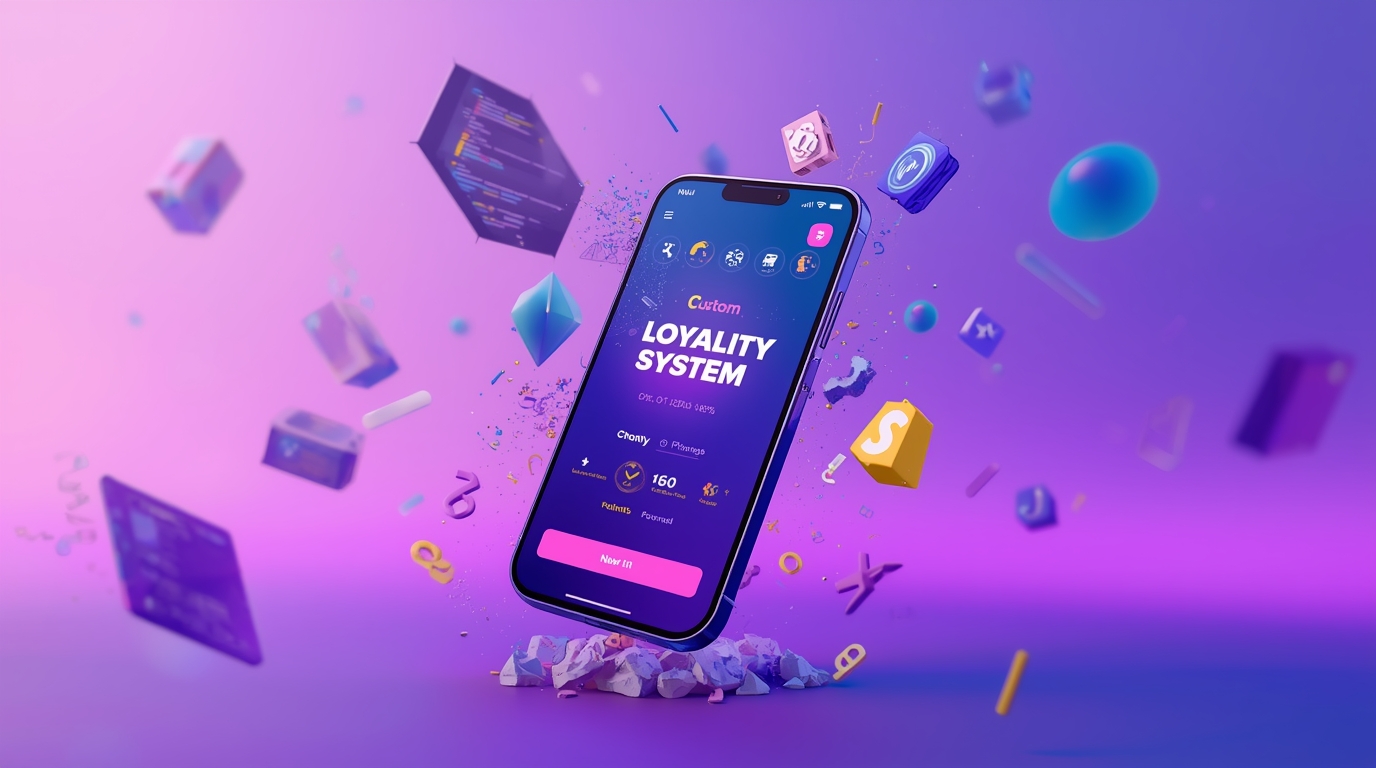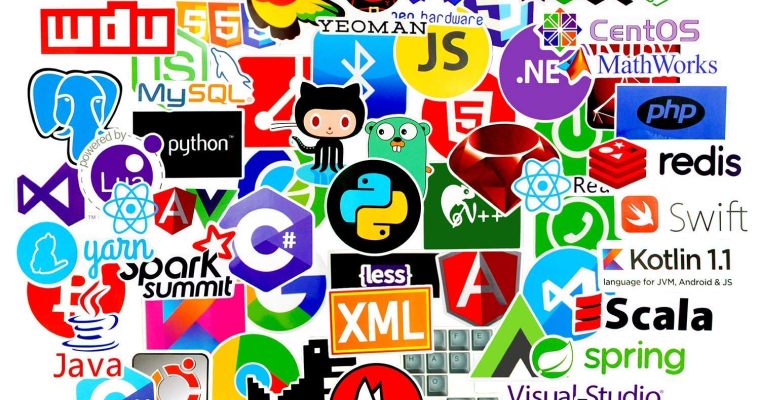You’ve got a brilliant game idea in your head. Maybe it’s crystal clear, maybe it’s just a hazy vision — but the big question is: How do you turn that into an actual game people can play?
The truth is, the road from idea to release is messy, challenging, and full of surprises. Yet there’s never been a better time to bring your vision to life. Game development tools are more accessible than ever, communities of game designers are thriving, and even one-person studios can reach millions worldwide.
To help you take your first big steps, we’ve gathered advice inspired by some of the most successful indie developers and our own experiences in the trenches. These are practical, battle-tested tips for turning your concept into something you can hold in your hands (or rather, play on your screen).
1. Start With a Realistic Indie Game Idea
Begin small — smaller than you think.
When Toby Fox made Undertale, he didn’t try to build a sprawling AAA RPG with thousands of assets. He focused on a simple core games ideas: engaging combat mechanics, quirky dialogue, and memorable music. That focus allowed him to finish — and finishing is everything in game dev.
If you love grand strategy games like Civilization or massive fantasy worlds like The Witcher, resist the temptation to make your first project a giant masterpiece. Think of game development like learning an instrument — you don’t start with Beethoven’s Symphony No. 9; you start with simple scales and short songs.
📌 Action Tip:
Choose one clear genre — platformer, puzzle, top-down shooter — and reduce it to the bare essentials.
-
Platformer? Just player movement + jumping.
-
Puzzle game? Just a few core rules + a win condition.
A simple, playable core is more valuable than a half-built epic.
2. Choose the Right Game Engine or Framework
Your tools shape your workflow. The right choice depends on your skill set:
-
For non-programmers: Engines like Unity and Godot are fantastic. They have visual interfaces, tons of tutorials, and active communities.
-
For experienced programmers: You might enjoy working with lightweight frameworks like MonoGame or Love2D, which give you more control over your code structure.
Example: Eric Barone (ConcernedApe), the creator of Stardew Valley, built his entire game in C# using the XNA framework because it matched his skills as a programmer.
📌 Pro Advice: Even if you’re a programmer who loves code, don’t dismiss game engines. They save time on rendering, physics, and asset management — leaving you more brainpower for design.
Non-Programmers
On the off chance that you have no programming experience, I’d suggest utilizing engines like Unity or Godot. They give a considerable lot of their highlights through a graphical interface, which implies that you can begin making games without having full dominance of a specific programming language. You’ll in any case need to figure out how to code in the long run, however, engines make it simpler to do that as you go.
Developers
In case you’re a developer or a programmer, I’d search for a game engine in a language you’re comfortable coding with. Most structures are generally simple to learn, and your knowledge of the instruments will permit you to zero in on figuring out how to make a game.
Developers can here and there has an underlying repugnance for utilizing GUIs, which can make them stay away from game motors totally. This is reasonable, and learning the UI of an engine is without a doubt a nontrivial task. Be that as it may, the advantages of utilizing engines deliver enormous profits over the long haul.
3. Learn in 2D Before Jumping to 3D
Even if your dream is to make 3D games, start in 2D. Why?
-
Simpler asset creation (you can draw your own art or use free sprites).
-
Easier physics and camera control.
-
Faster prototyping so you can focus on gameplay.
When you’ve mastered the basics concept — animation, collision, player controls — transitioning to 3D will be much smoother.
4. Build a Prototype (Fast)

Your first milestone is an MVP — Minimum Viable Product. Strip away everything that isn’t essential.
-
No fancy art yet.
-
No complex menus.
-
Just basic mechanics and a loop that’s fun.
Example: The prototype of Celeste started as a simple PICO-8 platformer built in just 4 days by Maddy Thorson and Noel Berry. They nailed the jumping feel first, then expanded it into a full game.
📌 Pro Advice: Use placeholder art — simple squares, circles, or textures from OpenGameArt or itch.io. This keeps you from getting stuck in “prettying things up” to make games fun.
5. Discover Indie Game Assets
Once your mechanics feel good, bring it to life with graphics and sound. Even small changes in audio can transform the mood.
-
Music can make a simple scene feel epic.
-
A satisfying jump sound can make movement addictive.
Sites like itch.io and OpenGameArt are treasure troves for indie-friendly art, sound effects, and UI elements.
Example: The hit roguelike Loop Hero by Four Quarters uses intentionally pixelated, nostalgic art — proving you don’t need ultra-realism for atmosphere.
6. Complete the Game Loop
Here’s where most new developers fail — they never finish.
A finished game means:
-
It has a win condition.
-
It has a lose condition.
-
It can be restarted and replayed.
Even if your game is tiny, having this complete loop makes it shareable. You can get feedback, polish, and most importantly, feel the joy of saying “I made a game.”
Example: The arcade-style game Downwell was built around one simple loop — falling down a well with limited ammo. That tight, replayable structure made it addictive.
7. Start Something New
Finishing your first game is a milestone. Now — start another.
-
Try a new genre.
-
Experiment with a new mechanic.
-
Challenge yourself with slightly bigger scope each time.
With each completed project, you’ll build a portfolio, sharpen your instincts, and inch closer to creating your dream project.
Remember: Even legendary indie devs started small. The journey from your first game to your magnum opus is built on dozens of finished, tiny projects.
Final Words of Encouragement
Indie game development isn’t easy — but it’s incredibly rewarding. You’ll learn programming, design, art, storytelling, and problem-solving in ways no other hobby quite matches.
As Jonathan Blow (creator of Braid and The Witness) once said:
“Making a game is like building your own little universe. If you’re willing to put in the work, you can make something that touches people forever.”
So start small, stay curious, and finish what you begin. The next great indie hit could be yours.






